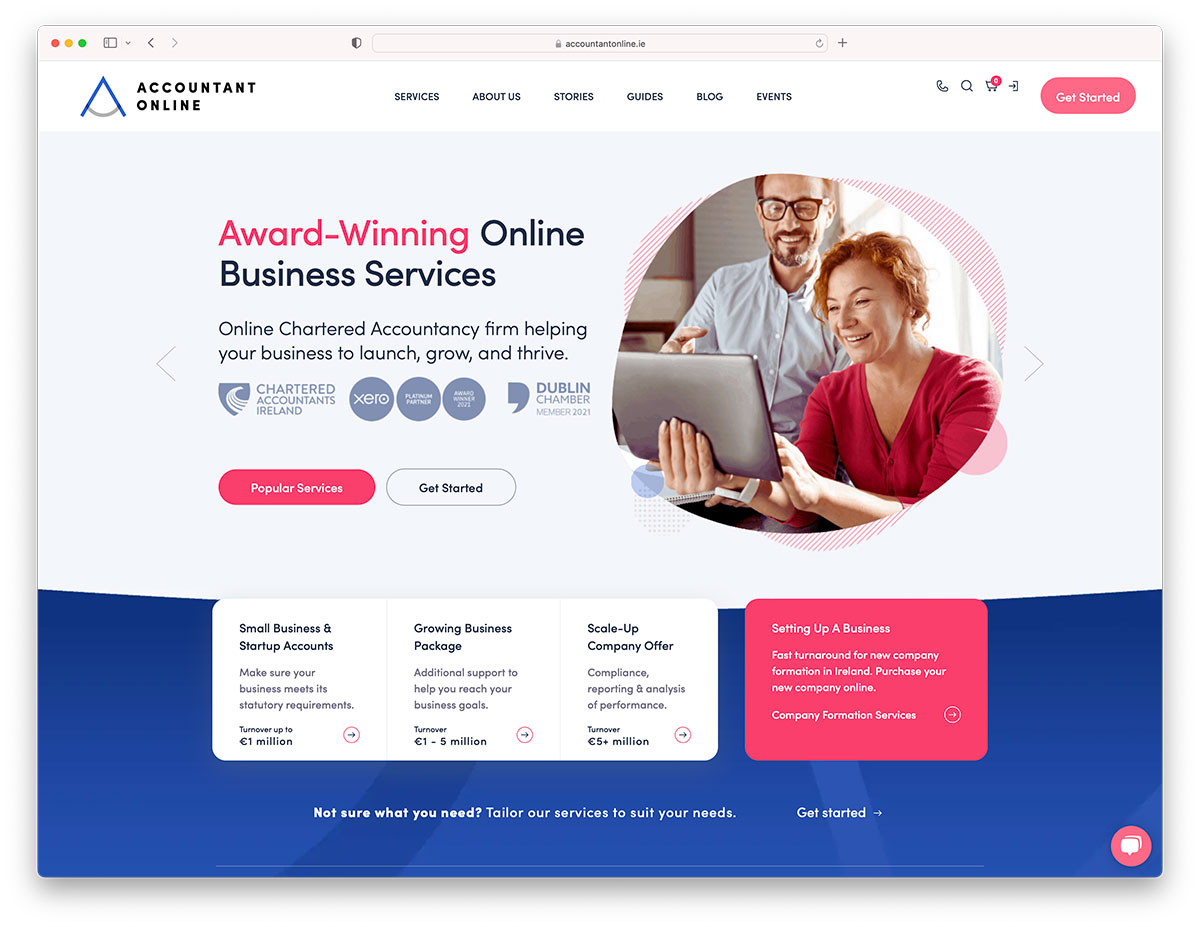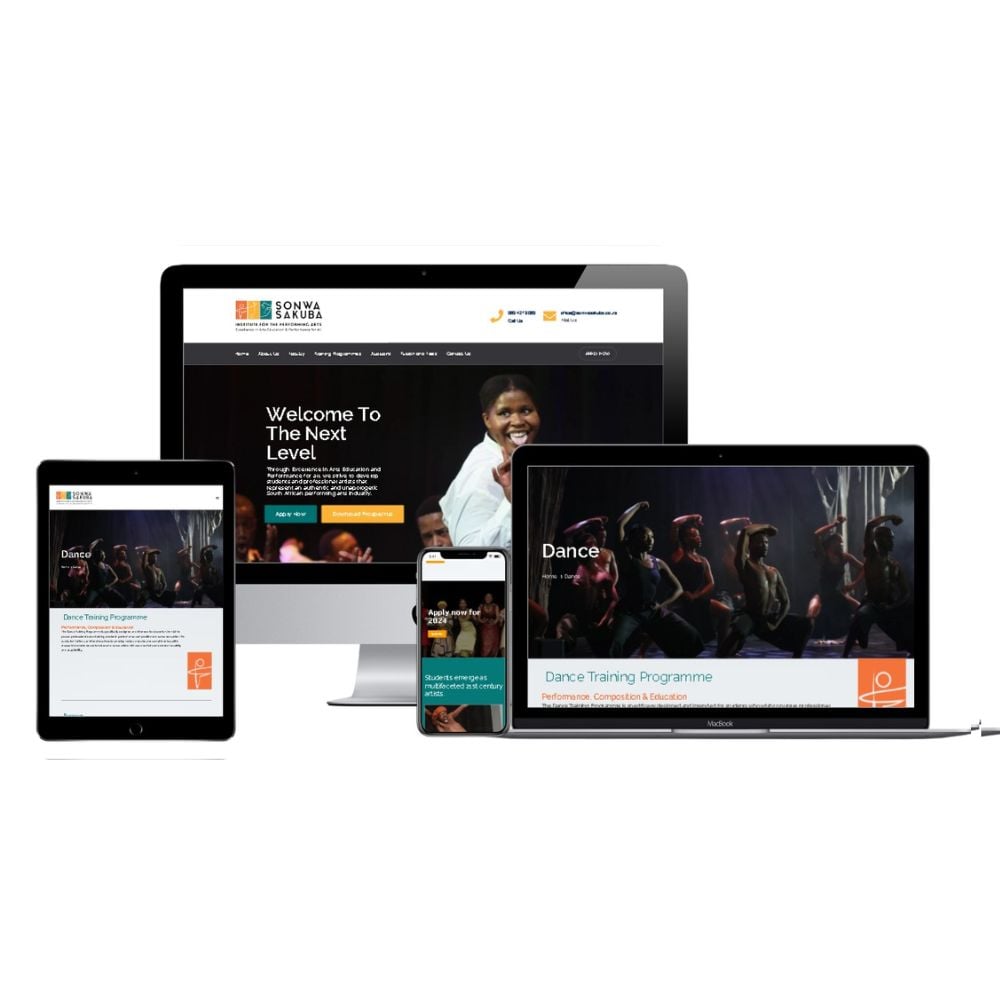Website Design Strategies to Ensure Your Site is Visually Appealing and User-Friendly
Modern Web Site Design That Catches Interest and Transforms
In a progressively digital landscape, modern internet site style has arised as a crucial variable in catching individual interest and driving conversions. By tactically employing visual pecking order, receptive layouts, and involving interactive components, designers can create experiences that not just draw in visitors yet likewise assist in significant communications. Moreover, effective call-to-action strategies play a vital duty in directing individuals toward preferred outcomes. As we discover these vital parts, it comes to be clear that understanding their interplay can considerably impact a web site's efficiency and user contentment. What are the crucial elements that truly make a difference?
Importance of Visual Pecking Order
Visual hierarchy is a vital component in site style, as it guides users' attention and enhances their overall experience. By strategically organizing content, designers can guide users to the most crucial information initially, thereby increasing interaction and improving functionality.
Incorporating a rational flow in web content arrangement is crucial; for example, putting one of the most vital information on top of a web page fosters prompt recognition. Constant usage of typography, such as varying font sizes and designs, aids develop a clear content framework. This organization not only aids in navigating yet additionally builds count on, as customers feel a lot more comfy when they can conveniently locate what they are looking for.
Ultimately, a well-executed visual pecking order not only improves aesthetic charm however likewise dramatically influences customer actions. By focusing on important aspects and making certain a seamless experience, designers can efficiently convert visitors into clients, enhancing the importance of this fundamental style concept in contemporary internet site growth.
Responsive Design for All Instruments
Producing a seamless experience throughout numerous gadgets is essential in today's digital landscape, where customers access websites from tablet computers, desktop computers, and smartphones alike. Responsive layout is an essential approach that ensures internet sites adapt fluidly to various display resolutions, positionings, and dimensions. By employing adaptable grids, images, and CSS media questions, developers can create layouts that keep visual integrity and capability, no matter of the tool being utilized.
The value of receptive style extends past appearances; it straight influences customer interaction and conversion rates. A site that functions well on all tools motivates longer sees and decreases bounce prices, as individuals are most likely to communicate with material that is simple to browse. Furthermore, online search engine, particularly Google, focus on mobile-friendly sites in their positions, making receptive layout a crucial part of search engine optimization (SEARCH ENGINE OPTIMIZATION)
Including receptive style not only boosts individual experience but additionally improves the advancement procedure. By producing a solitary site that works across devices, services can conserve time and sources contrasted to establishing different mobile and desktop computer variations. Inevitably, receptive layout is a basic strategy for modern website style, making certain accessibility and fulfillment for all users, despite their tool.
Engaging Interactive Aspects
While a responsive layout prepares for a functional website, incorporating appealing interactive components is critical for catching customer attention and fostering much deeper links. Website Design. Interactive aspects, such as animations, tests, and clickable infographics, produce a more dynamic individual experience, motivating site visitors to invest even more time on the website
Incorporating interactive features can also direct users through facility info, making it much easier to digest content. As an example, interactive sliders can highlight product variations, while ingrained video clips can supply presentations or testimonies that resonate even more than fixed photos or text. Moreover, gamification techniques, like incentives for completing jobs or engaging with content, can boost user inspiration and retention.
Effective use interactive elements not only improves the user experience yet can likewise bring about higher conversion prices. By making interactions interesting and pleasurable, organizations can cultivate a feeling of loyalty and trust fund with their audience. Nonetheless, it is crucial to stabilize interactivity with performance; excessively complicated features may hinder website rate, adversely affecting customer complete satisfaction. Inevitably, incorporating properly designed interactive elements can considerably elevate a website's efficiency, driving involvement and conversions in today's affordable electronic landscape.
Streamlined Navigating Practices
Reliable navigation is a foundation of any successful web site, as it straight affects user experience and material accessibility. Streamlined navigating techniques make sure that users can conveniently find details, improving their communication with the site. A well-structured navigation food selection need to be instinctive and click here now straightforward, typically including a restricted number of primary groups to avoid frustrating site visitors.
To attain structured navigating, developers should prioritize a hierarchical framework that logically arranges content. Implementing breadcrumb tracks can offer users with context regarding their current area within the website, permitting seamless backtracking. Furthermore, utilizing drop-down menus can effectively save area while still supplying accessibility to subcategories.
Responsive design is crucial, as navigating ought to be practical across all tools (Website Design). Mobile customers, specifically, gain from touch-friendly food selections and retractable sections that keep functionality without jeopardizing visual appeals

Efficient Call-to-Action Strategies
A well-crafted call-to-action (CTA) is essential for assisting users towards wanted results on a website, as it motivates them to involve with content or make an acquisition. To maximize their performance, CTAs ought to be clear, compelling, and strategically positioned throughout the website.
First, use action-oriented language that connects urgency or worth, such as "Get going," "Sign up with Currently," or "Insurance claim Your Price cut." This language not only motivates users however additionally establishes clear expectations about the next actions.
Second, think about design components; CTAs need to attract attention visually through contrasting shades, sufficient whitespace, and noticeable positioning. A button that is simple to see and click boosts the chance of user communication.
In addition, personalizing CTAs based on individual actions or demographics can substantially boost engagement. Tailored messages resonate much more with customers, driving higher conversion rates.

Final Thought
These elements jointly improve user experience, guaranteeing that visitors stay involved and inspired to check out content further. By focusing on these layout concepts, organizations can substantially enhance user retention and conversion rates, ultimately leading to better success in the electronic landscape.
In a progressively digital landscape, modern web site style has arised as an essential element in capturing individual interest and driving conversions.Visual pecking order is a vital aspect in internet site layout, as it guides users' focus and enhances their overall experience.The relevance of responsive layout prolongs beyond visual appeals; it directly influences user involvement and conversion rates.Incorporating receptive design not just enhances customer experience but likewise improves the growth process. Inevitably, responsive style is a fundamental approach for modern web site design, making sure accessibility and you could try this out satisfaction for all individuals, no matter of their device.